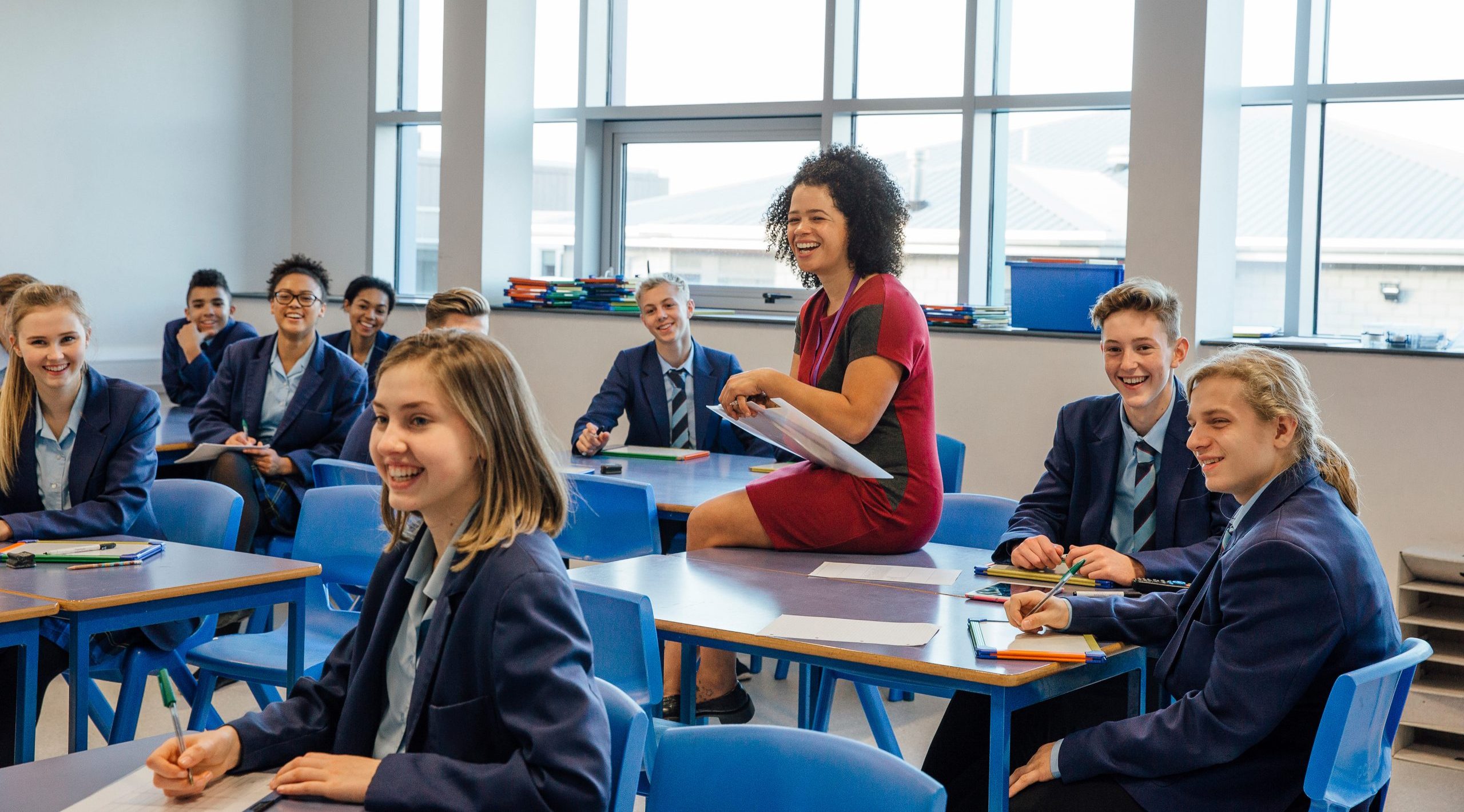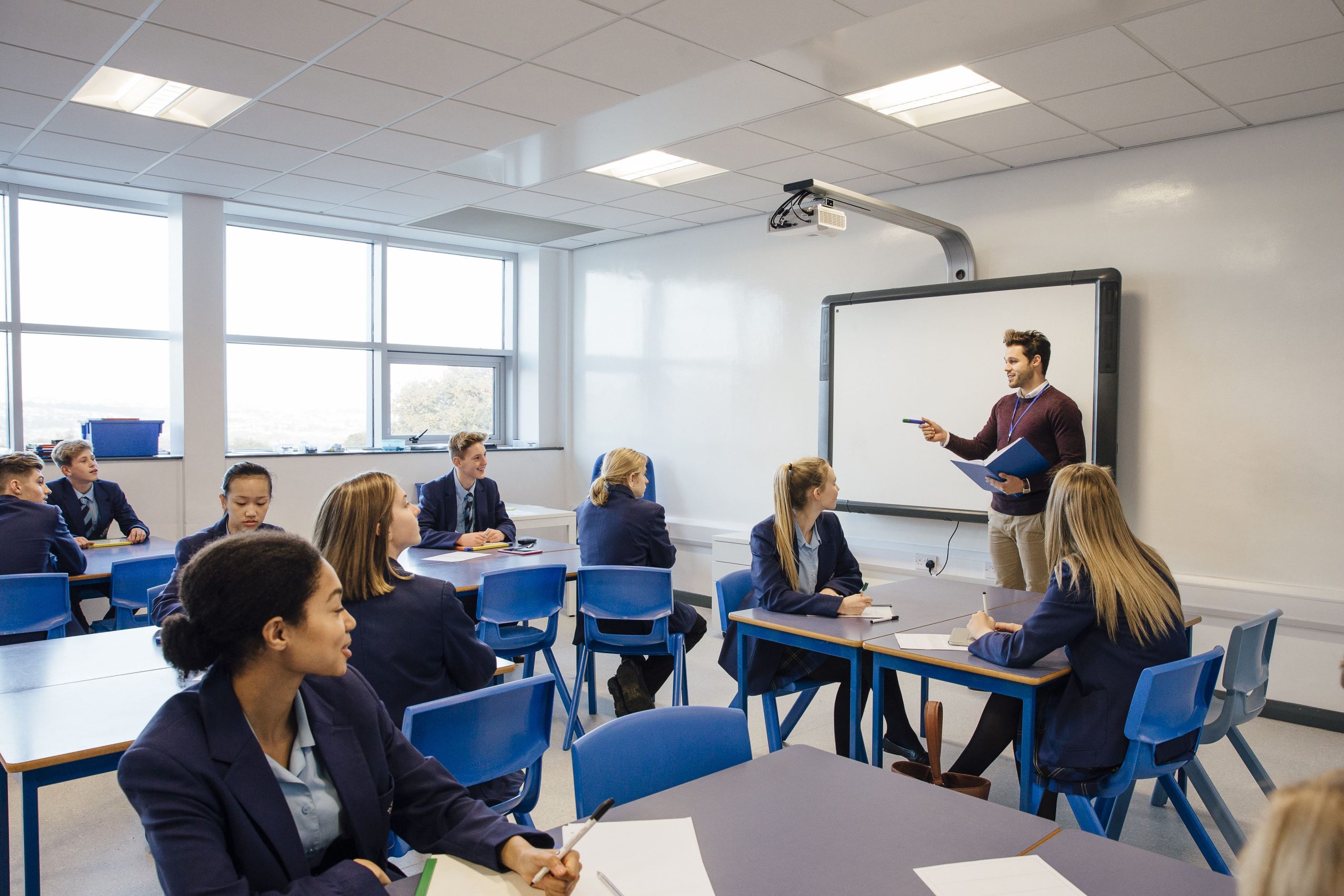What are the different types of Secondary School settings?
When thinking about a career in teaching you may already know the age group you wish to work with. However, it is still useful to find out more about working in a specific school setting, so you have a better understanding of what to expect. Here we look in more detail at teaching in a Secondary School.
In most areas of England and Wales, Secondary Schools are for children aged 11 to 16, covering Key Stage 3 and Key Stage 4 of the National Curriculum, ending with pupils taking their GCSE exams. Some Secondary Schools also have a Sixth Form, where pupils can choose to stay on to age 18, studying for AS and A level exams.
State schools are funded through the local authority or directly by the government, and most must follow the national curriculum. All children of all abilities in England and Wales are entitled to a free place in a state school, with the exception of grammar schools.










